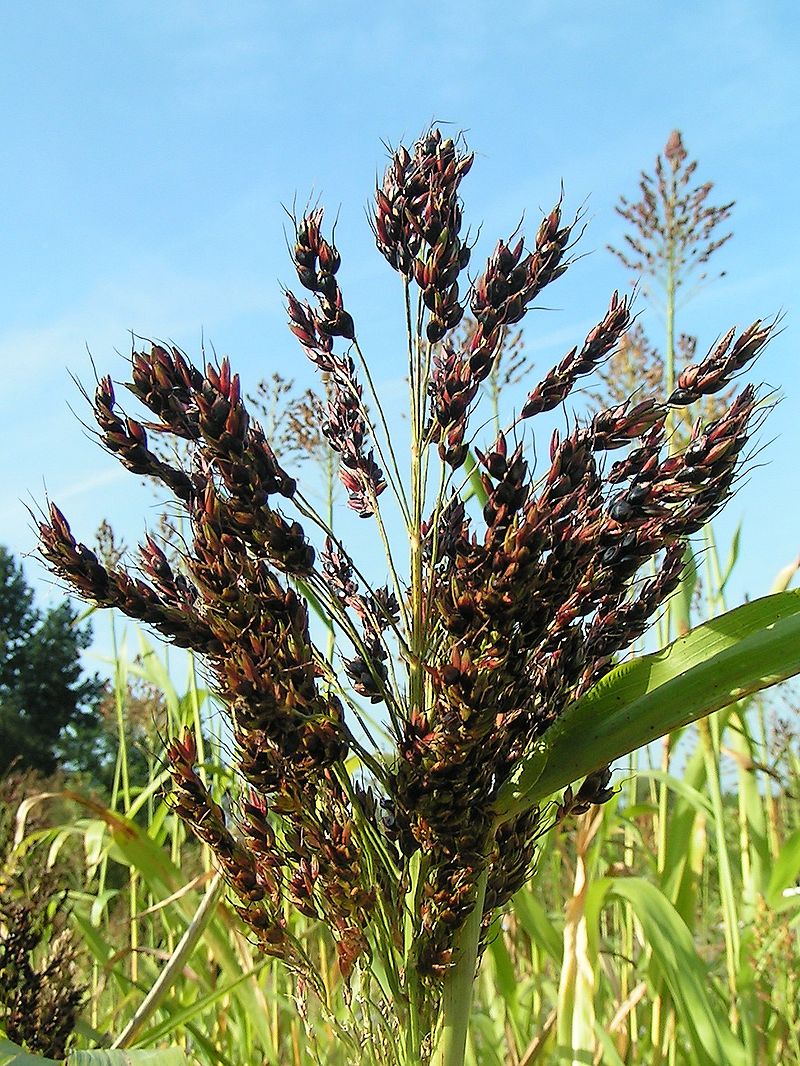| Paterson, A.; Bowers, J.; Bruggmann, R.; Dubchak, I.; Grimwood, J.; Gundlach, H.; Haberer, G.; Hellsten, U.; Mitros, T.; Poliakov, A.; Schmutz, J.; Spannagl, M.; Tang, H.; Wang, X.; Wicker, T.; Bharti, A. K.; Chapman, J.; Feltus, F. A.; Gowik, U.; Grigoriev, I. V.; Lyons, E.; Maher, C. A.; Martis, M.; Narechania, A.; Otillar, R. P.; Penning, B. W.; Salamov, A. A.; Wang, Y.; Zhang, L.; et al. (2009). The Sorghum bicolor genome and the diversification of grasses" (PDF). Nature. 457 (7229): 551?556. Bibcode:2009Natur.457..551P. PMID 19189423. doi:10.1038/nature07723." |

